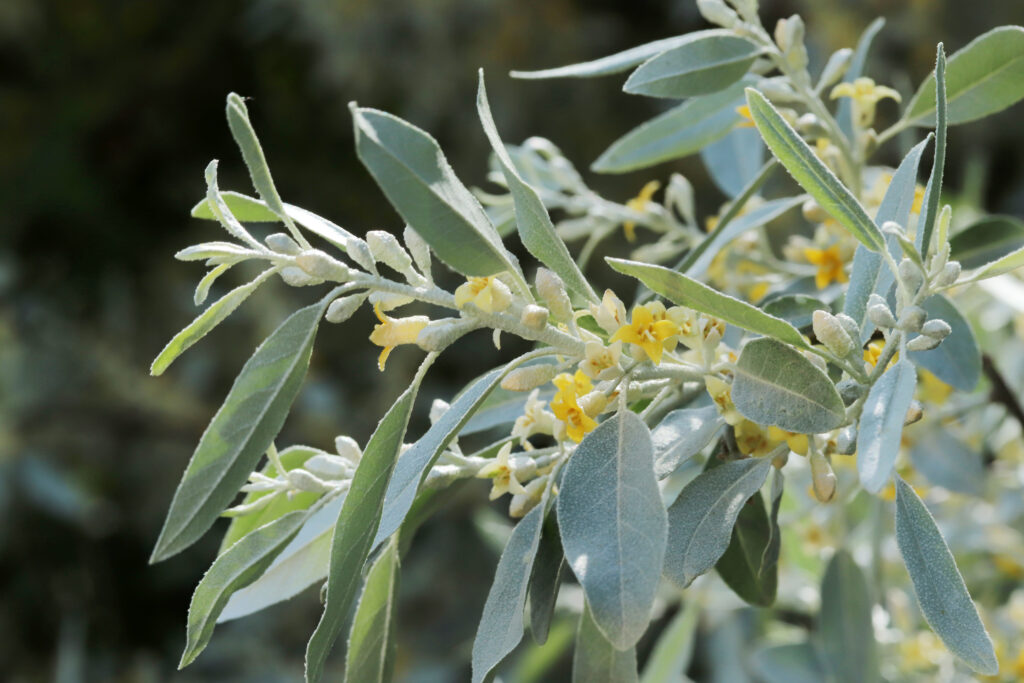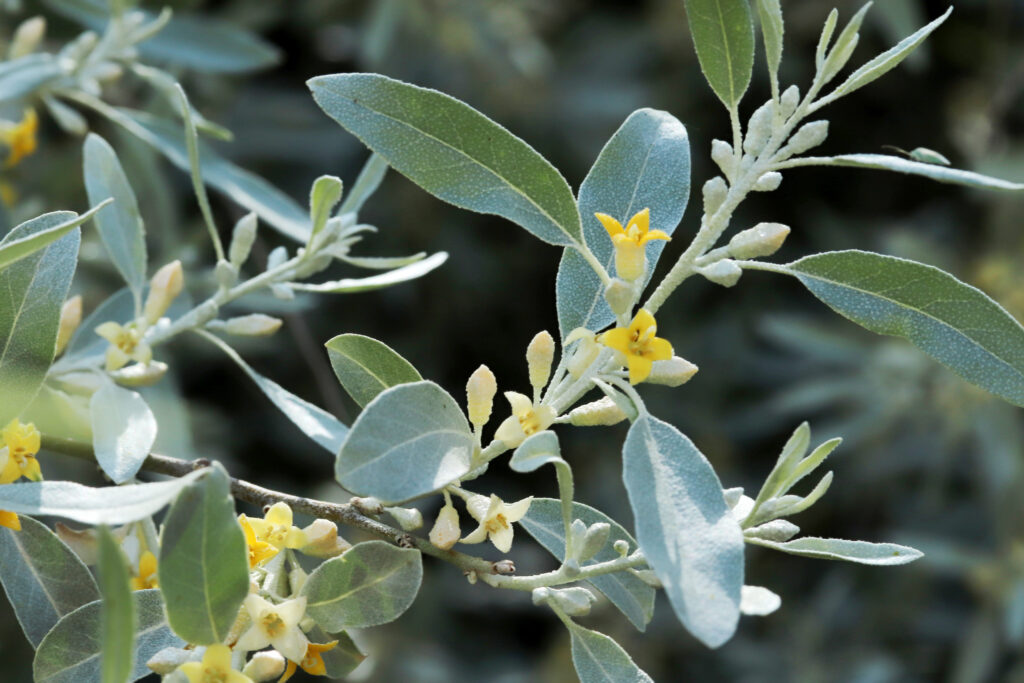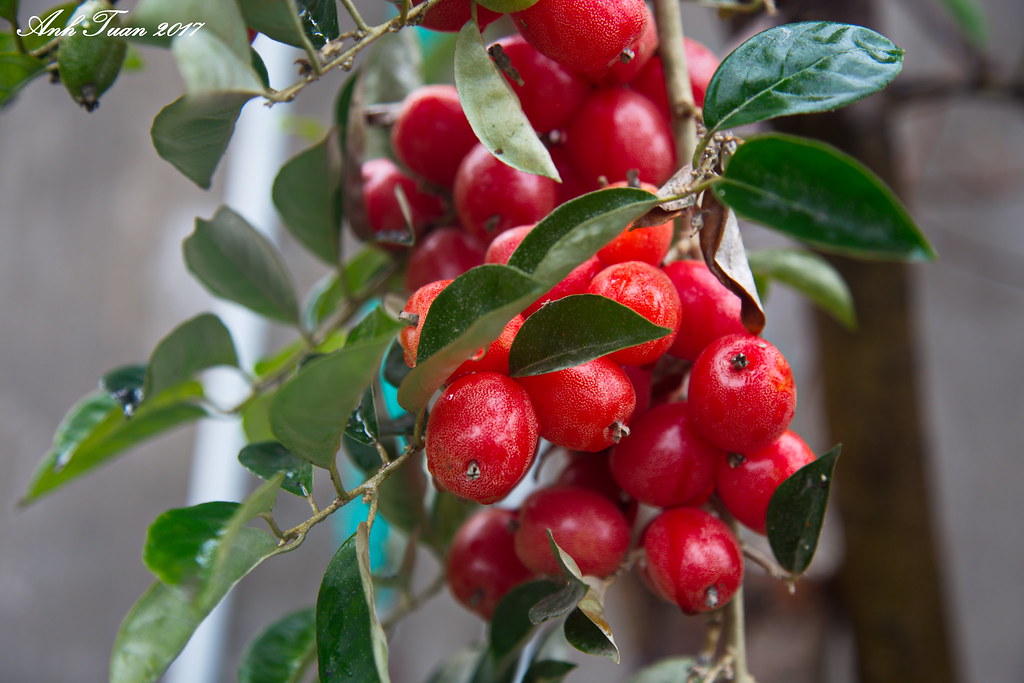12 Interesting Facts About Elaeagnus

Introduction
Elaeagnus is an intriguing genus of shrubs and small trees that deserves more recognition. Though it is commonly used in landscaping, Elaeagnus has several extraordinary qualities that make it so much more than just a decorative plant. This versatile genus has a wide range of uses and benefits that may surprise you.
From its unique silver foliage to its fragrant flowers that support pollinators, Elaeagnus is both beautiful and ecologically valuable. It is also highly resilient, and able to thrive in challenging conditions from drought to high salinity where other plants would struggle. Elaeagnus can even improve soils by fixing nitrogen. But it gets even better – the fruits are edible for humans and provide food for wildlife. Elaeagnus also has a long history of traditional uses in medicine and culture.
This article will highlight 12 fascinating facts about this underappreciated plant, from its adaptability and hardiness to its edible fruits and traditional uses. Read on to gain a new appreciation for Elaeagnus and all that this intriguing genus has to offer.

1. Elaeagnus is highly adaptable and resilient.
Elaeagnus species thrive in a wide range of climates, from cold temperate regions to subtropical and Mediterranean environments1. They can tolerate drought, high salinity, wind, and poor soils, making them extremely hardy and versatile plants. This adaptability allows them to be grown in challenging sites where other plants would struggle to survive.
2. It has unique silver-scaled foliage.
A distinguishing feature of Elaeagnus is the tiny silver or brown scales covering the undersides of the leaves. These scales give the foliage a shimmery, silvery appearance. The scales help reflect sunlight and conserve moisture – useful adaptations for hot, dry conditions.
3. Elaeagnus can fix nitrogen in the soil.
Many Elaeagnus species form a symbiotic relationship with nitrogen-fixing bacteria in root nodules. This allows them to convert atmospheric nitrogen into a usable form, acting as a nitrogen fertilizer for themselves and surrounding plants.
4. It produces edible fruits.

The fruits of Elaeagnus are small drupes that ripen in fall or early spring, depending on the species. They have a tart and sweet flavor and can be eaten raw or made into jams, juices, and jellies. The fruits are rich in lycopene and other nutrients.
5. Its flowers are fragrant.
Elaeagnus produces clusters of tiny, bell-shaped flowers that emit a lovely fragrance reminiscent of lemon, clove, and vanilla. The autumn-blooming flowers of some species, like E. pungens, are especially prized for their intense, spicy scent.
6. It attracts pollinators.
The nectar-rich flowers of Elaeagnus attract bees, butterflies, and other pollinating insects. By supporting pollinators, Elaeagnus provides benefits beyond just its ornamental value.
7. Elaeagnus serves as a windbreak.
With their dense, fast-growing habit, Elaeagnus shrubs make excellent windbreaks. Their wind tolerance also allows them to be used for erosion control along highways and slopes.
8. It has traditional medicinal uses.
Some Elaeagnus species have been used in traditional medicine systems. Studies suggest the plants have antioxidant, anti-inflammatory, and antimicrobial properties, thanks to compounds like flavonoids and lycopene.
9. The seeds are edible too.

In addition to the fruits, the seeds of Elaeagnus contain healthy fats and fiber. They can be eaten raw or roasted. Certain species like E. umbellata have edible seed shells as well.
10. Elaeagnus attracts wildlife.
Birds relish the fruits of Elaeagnus, spreading seeds far and wide. Deer also browse on the foliage and twigs. By providing food and shelter, Elaeagnus supports local ecosystems.
11. It has been used in traditional Chinese medicine.
E. pungens and other species are part of traditional Chinese medicine, valued for purported effects on digestion, circulation, and overall well-being.
12. Elaeagnus is great for landscaping.
With their silver foliage, fragrant flowers, wildlife benefits, and resilience, Elaeagnus shrubs and trees add beauty and utility to gardens and landscapes.

Frequently Asked Questions About Elaeagnus
How much water does Elaeagnus need?
Elaeagnus is quite drought-tolerant when established. Water new plants regularly to keep the soil moist. Mature plants only need watering during prolonged drought. Soak the root zone thoroughly when watering rather than frequent light watering.
When is the best time to fertilize Elaeagnus?
Apply fertilizer in late winter or early spring. Use a slow-release shrub fertilizer or an organic plant food. Always follow label directions. Fertilizing helps young Elaeagnus establish. Mature plants have low fertility needs.
How do I prune Elaeagnus properly?
For shaping, prune Elaeagnus after flowering in spring. Make cuts just above outward-facing buds. For rejuvenation, you can prune older plants back hard in early spring. Remove about 1/3 of the oldest branches at ground level. Elaeagnus tolerates heavy pruning.
What pests or diseases affect Elaeagnus?
Elaeagnus is quite pest and disease-resistant. Potential problems include oleander scale, aphids, leaf spot fungus, and verticillium wilt. Maintain plant health with proper care. Prune out affected branches. Use neem oil or insecticidal soap for pests if needed.
How fast does Elaeagnus grow?
Growth rate depends on the species, but Elaeagnus are generally fast-growing. They can grow over 3 feet per year when young. Growth slows as plants mature. Pruning and fertilizing can help maintain vigorous growth. Give Elaeagnus plenty of room to reach its mature size.
Conclusion
Elaeagnus is so much more than just a common landscaping plant. It is a versatile and resilient genus with a wide array of uses and benefits, from ornamental value to improving soils, providing food, and traditional medicine. The next time you come across Elaeagnus, take a moment to admire its unique silver foliage and fragrant flowers. Appreciate its ability to thrive where other plants struggle. And consider that its edible fruits and traditional uses have supported people for centuries. Elaeagnus is truly a remarkable plant worthy of respect and further study for its many extraordinary qualities.





